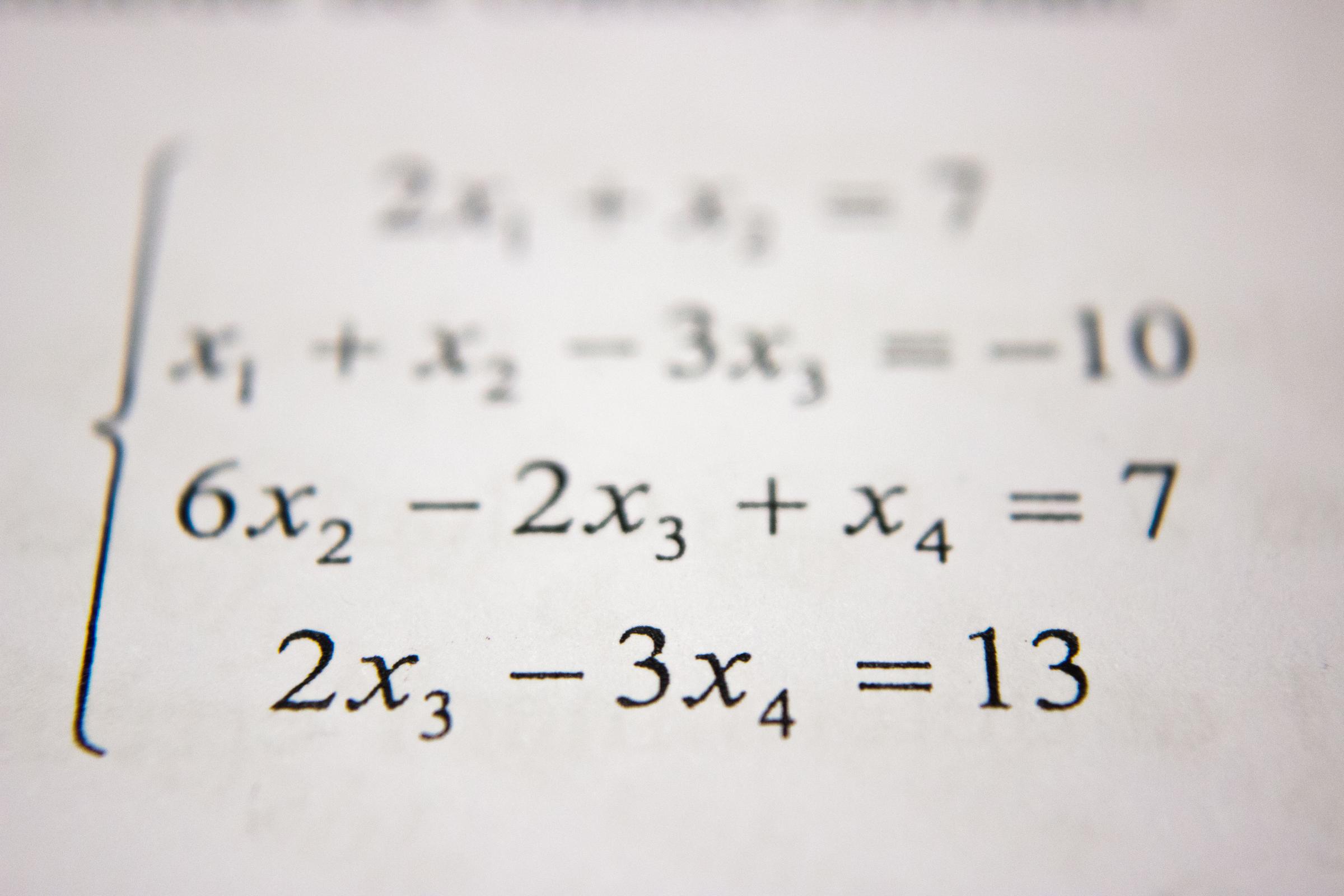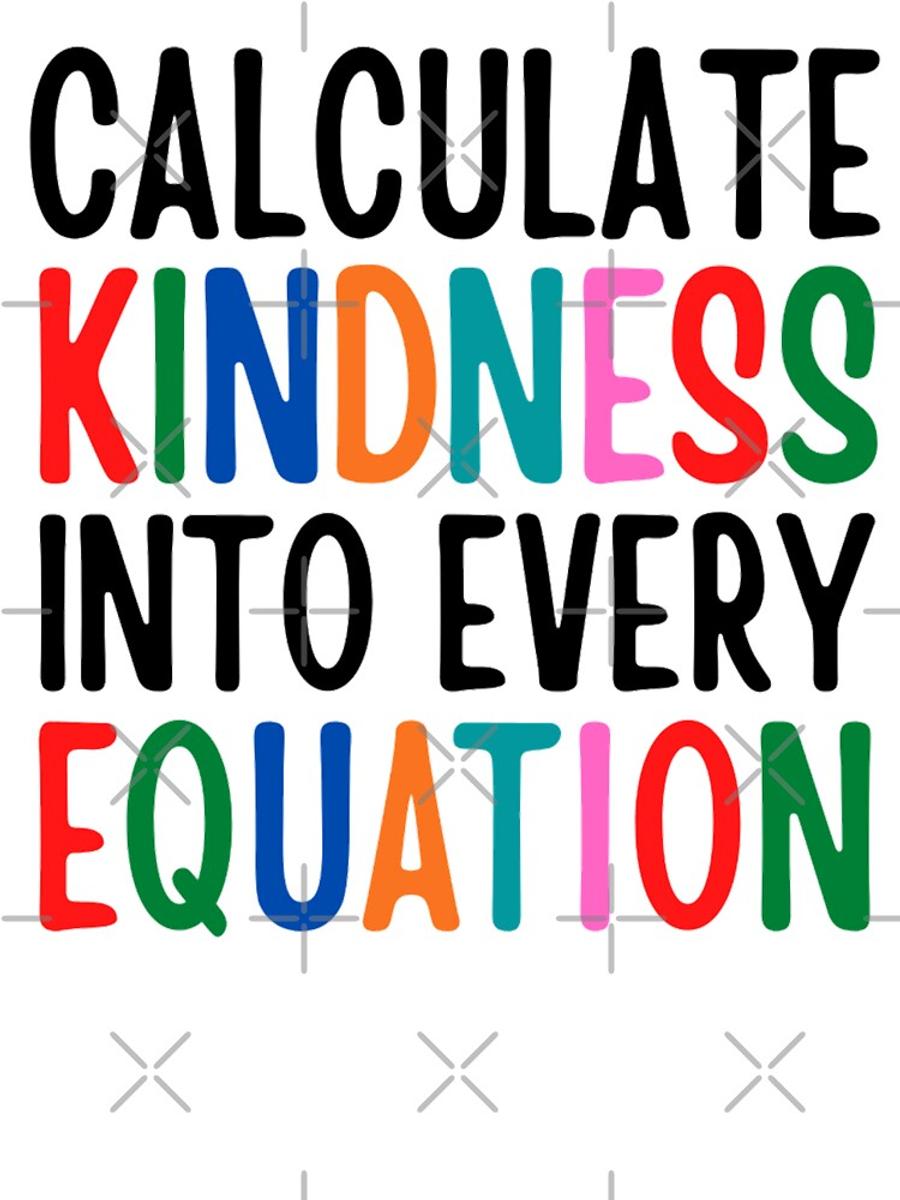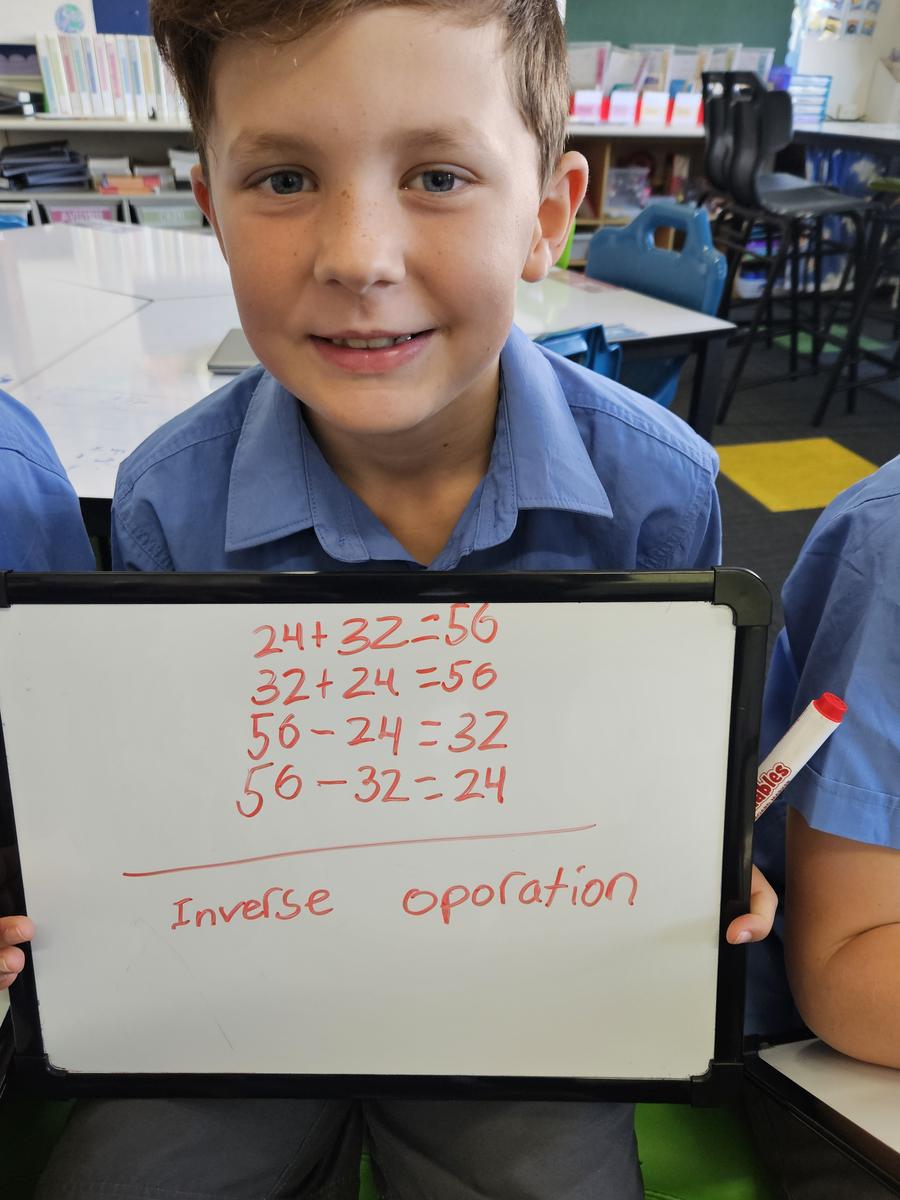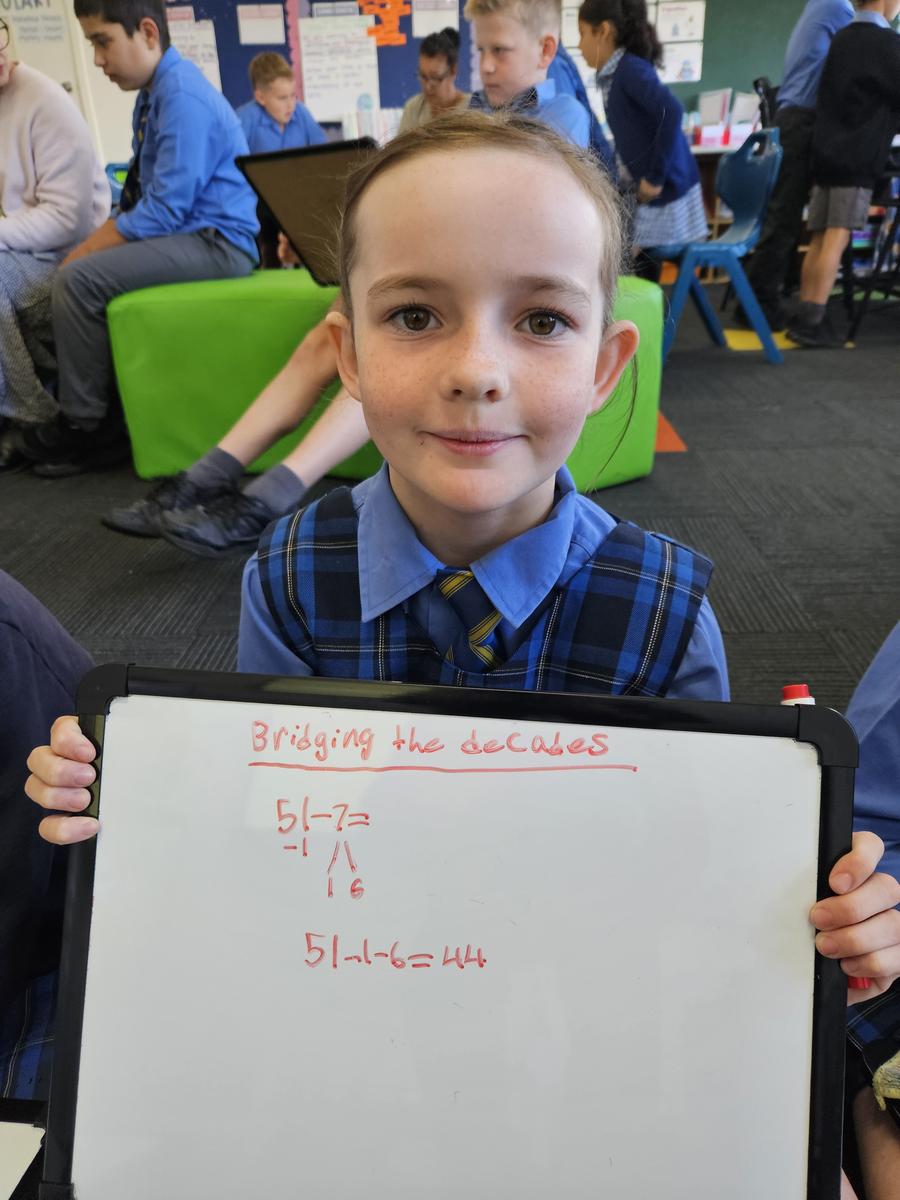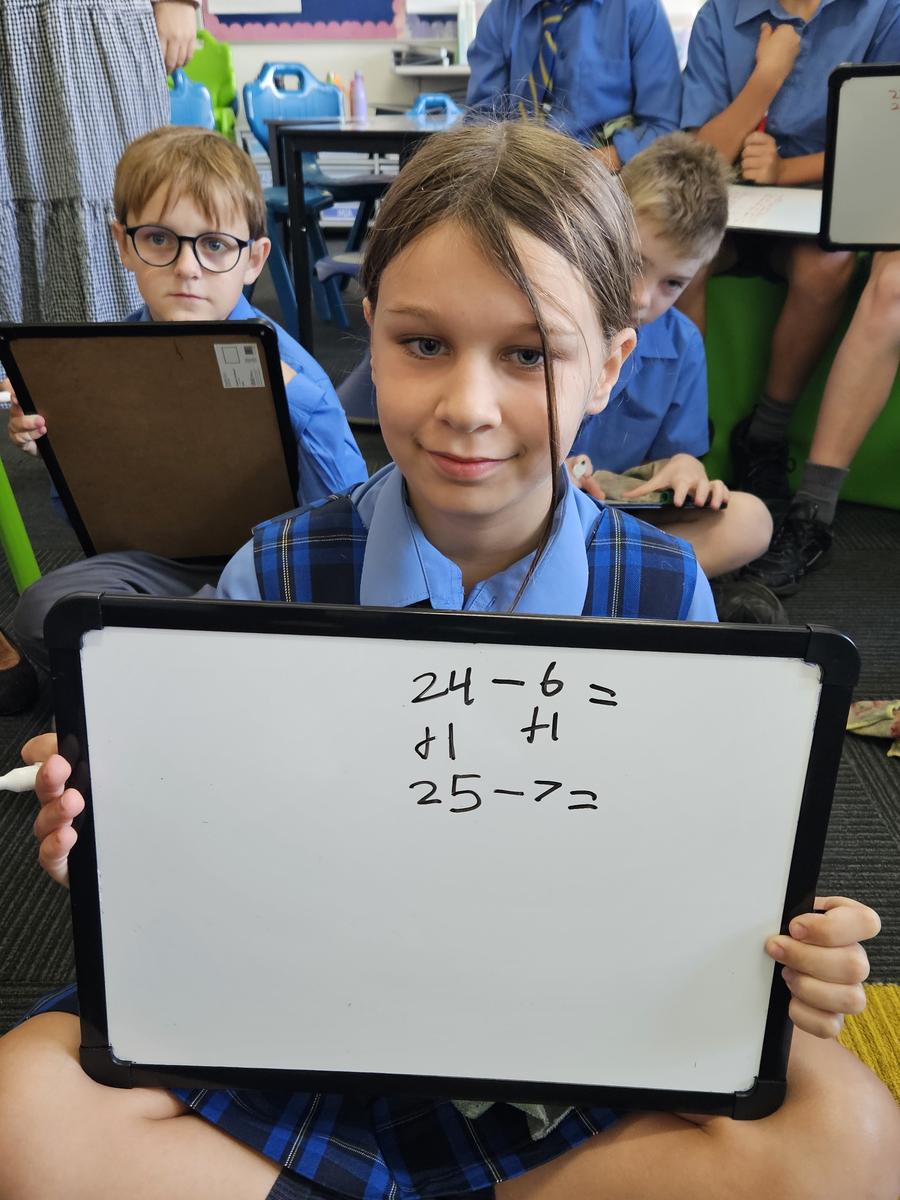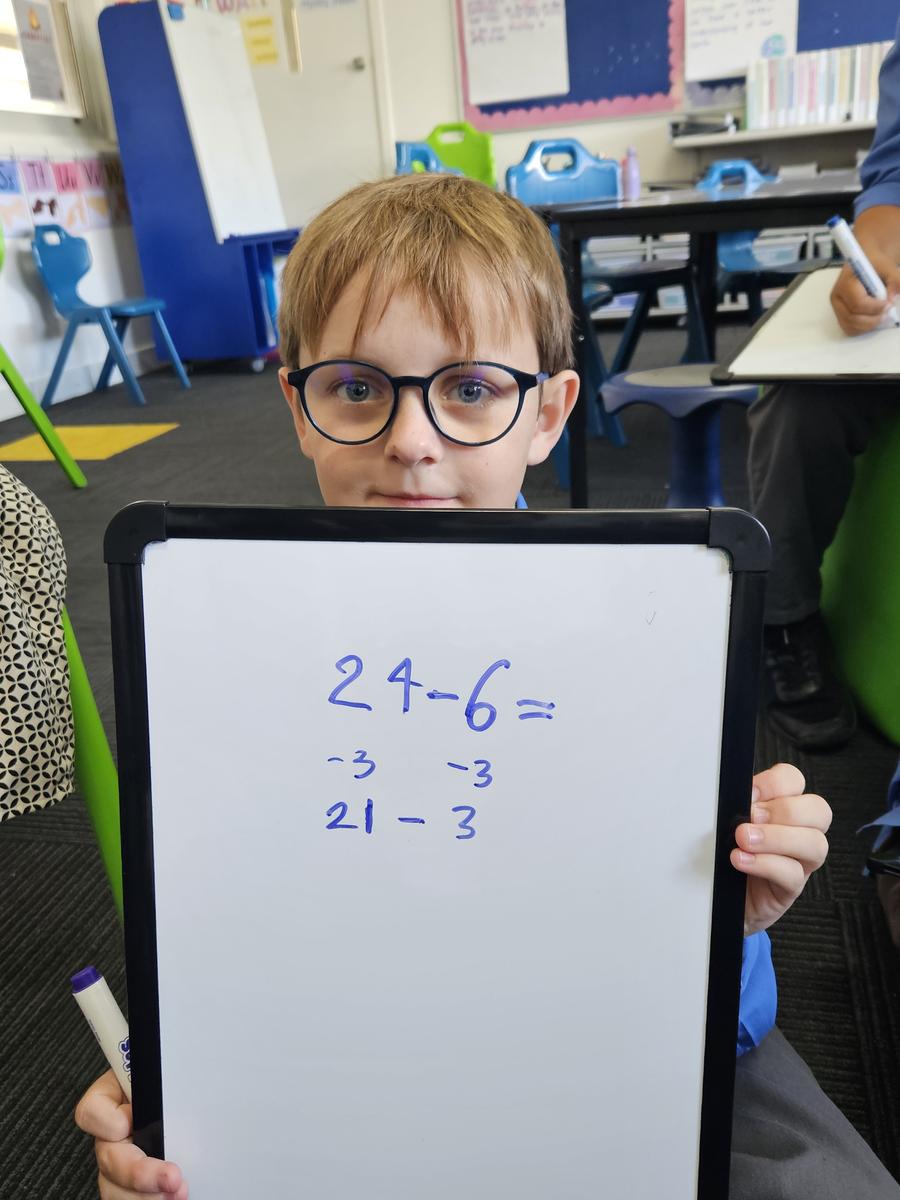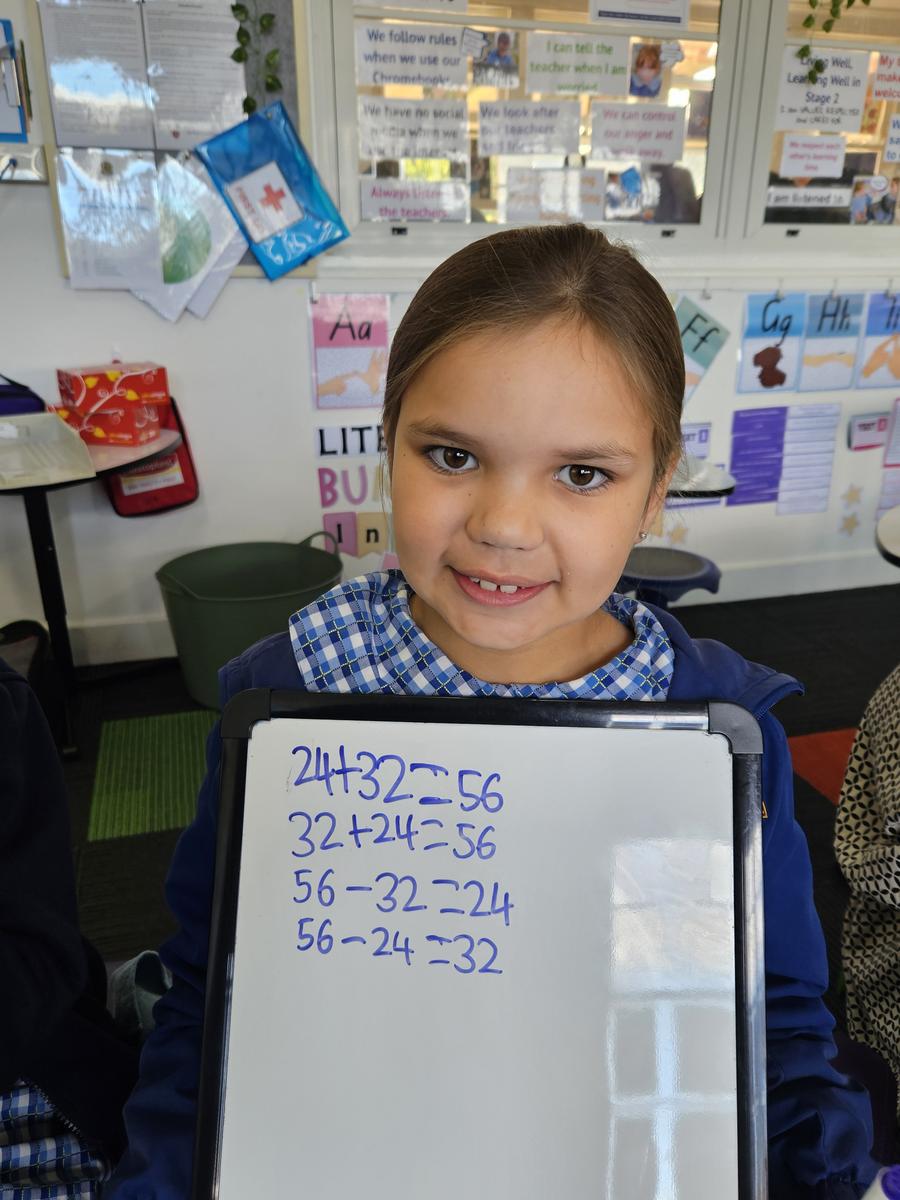Lets see what Year 3/4 are doing in Maths this term.
The below table gives an indication when Mrs Wilson will be teaching these Maths lessons so that you can be supporting your child at home.
Weeks 1-3 | Subtraction - Apply the associative property of addition to forming multiples of 10 (Reasons about relations)
- Apply known mental strategies that use partitioning to add and subtract, such as bridging the decades
- Use the compensation strategy to add and subtract
- Apply the levelling and constant difference strategies
- Represent solutions to addition and subtraction problems, including word problems, using an empty number line or bar model
- Compare and evaluate strategies used to solve addition and subtraction problems, reasoning which strategy may be most efficient
|
| Weeks 4-5 | 2D Shapes: - Describe and compare two-dimensional shapes, including parallelograms, rectangles, rhombuses, squares, trapeziums and kites
- Identify and describe polygons that have parallel sides and those that do not
- Identify quadrilaterals that have all sides equal in length
- Identify right angles in shapes
- Group quadrilaterals using one or more attributes
- Combine common two-dimensional shapes, including quadrilaterals, to form other common shapes or designs
- Split a given shape into 2 or more common shapes and describe the result
- Record the arrangements of common shapes used to create other shapes
|
| Weeks 6-8 | Multiplication - Model, describe and record patterns of multiples
- Create and represent multiplicative structure, using the term multiples when connecting grouping to arrays
- Use the array structure to coordinate the number of groups with the number in each group
- Record the first 10 multiples formed by counting by twos, fours, fives and tens
- Link multiplication and division fact families using arrays
- Generate multiplication fact families for multiples of 2 and 4, 5 and 10
- Represent and solve multiplication and division (both sharing and grouping) word problems using number sentences
|
| Weeks 9-10 | Area: - Create the array structure of area using squares (1 cm × 1 cm) in rows and columns
- Recognise that area can be measured in square centimetres
- Discuss strategies to estimate area in square centimetres
- Explain how the grid structure of rows and columns helps to find the area
- Recognise that rectangles with different side lengths can have the same area
|
|
|
Below you can see some of the strategies we are already learning to subtract in Stage 2.
